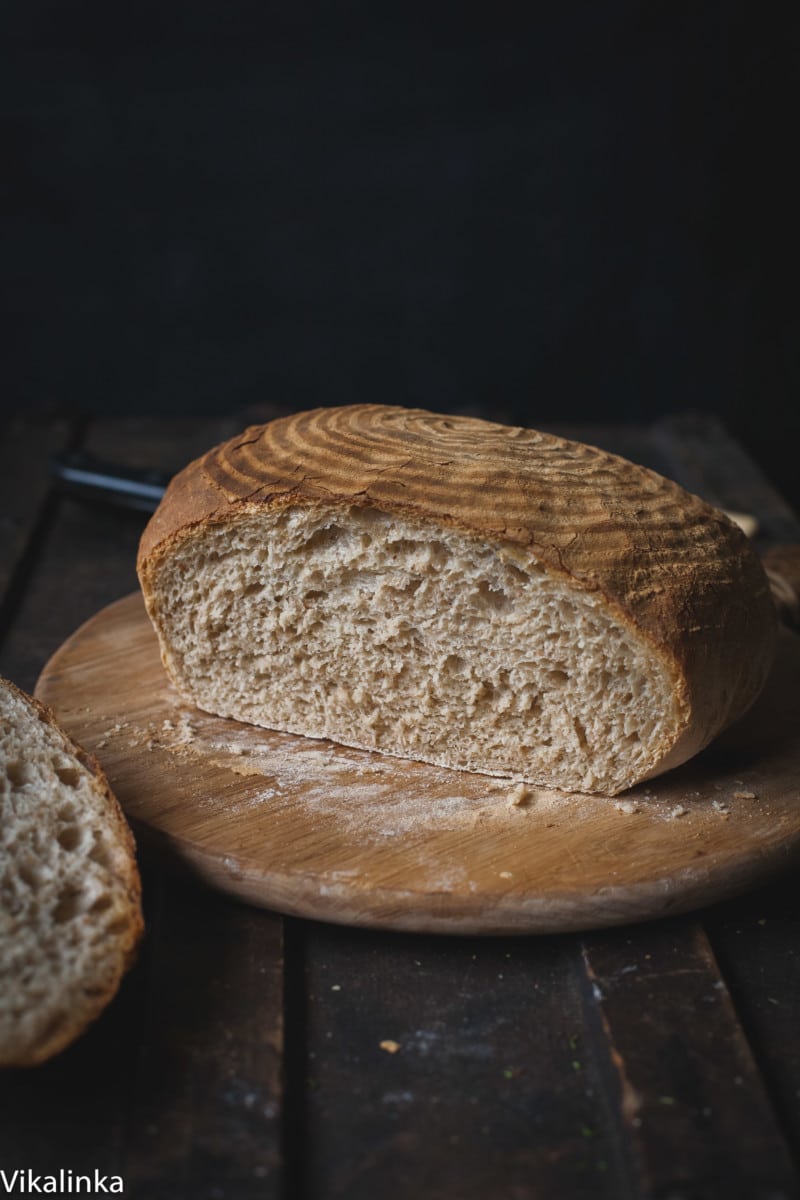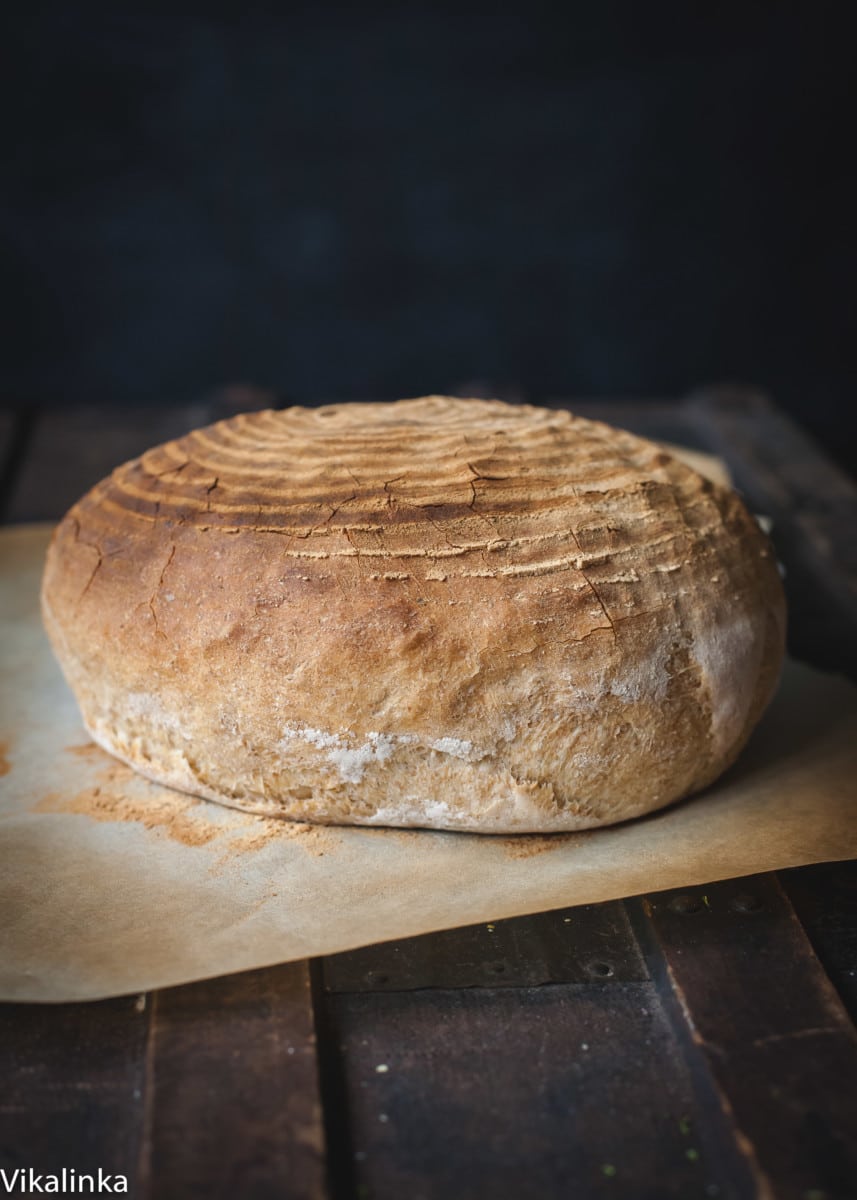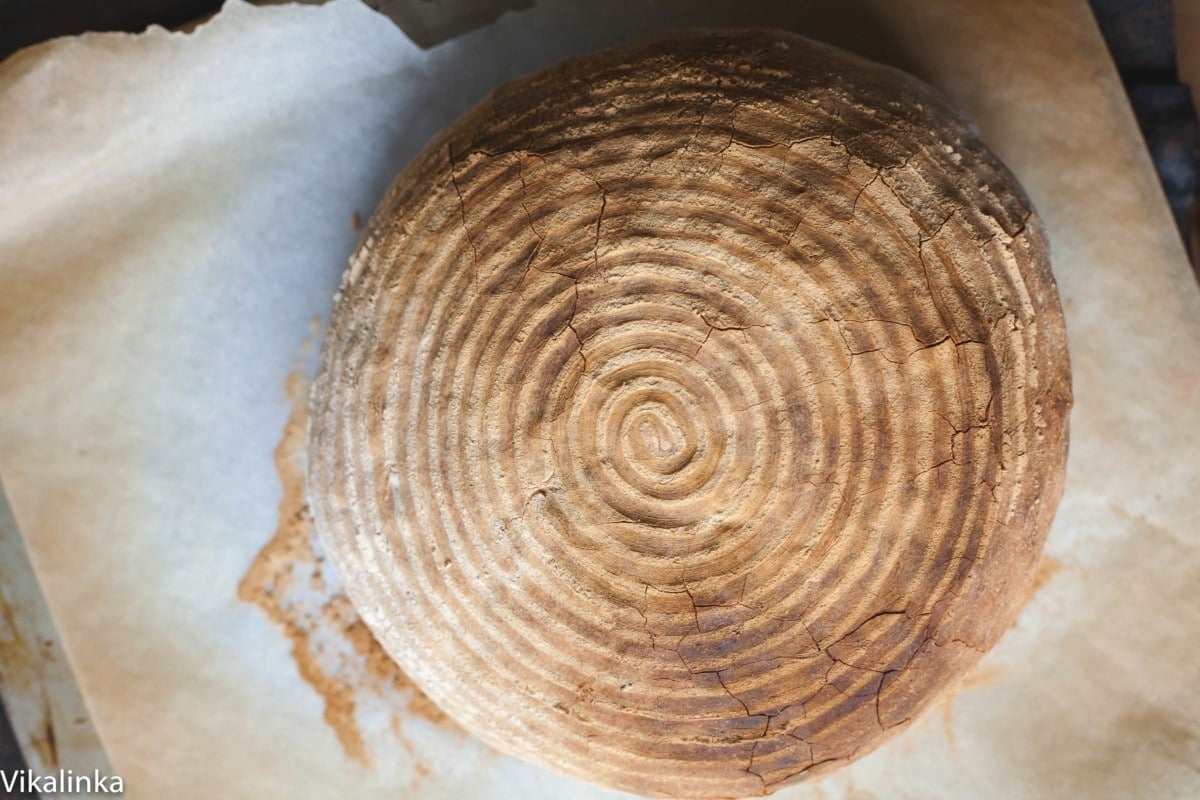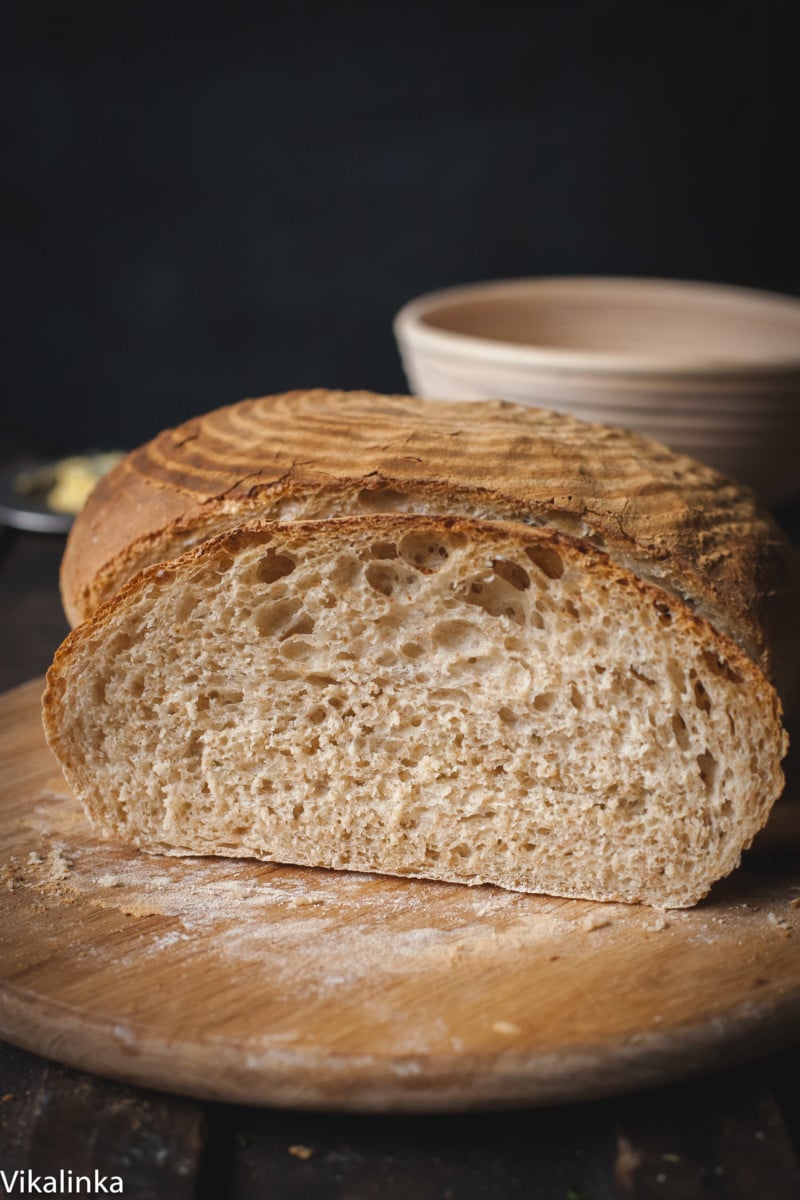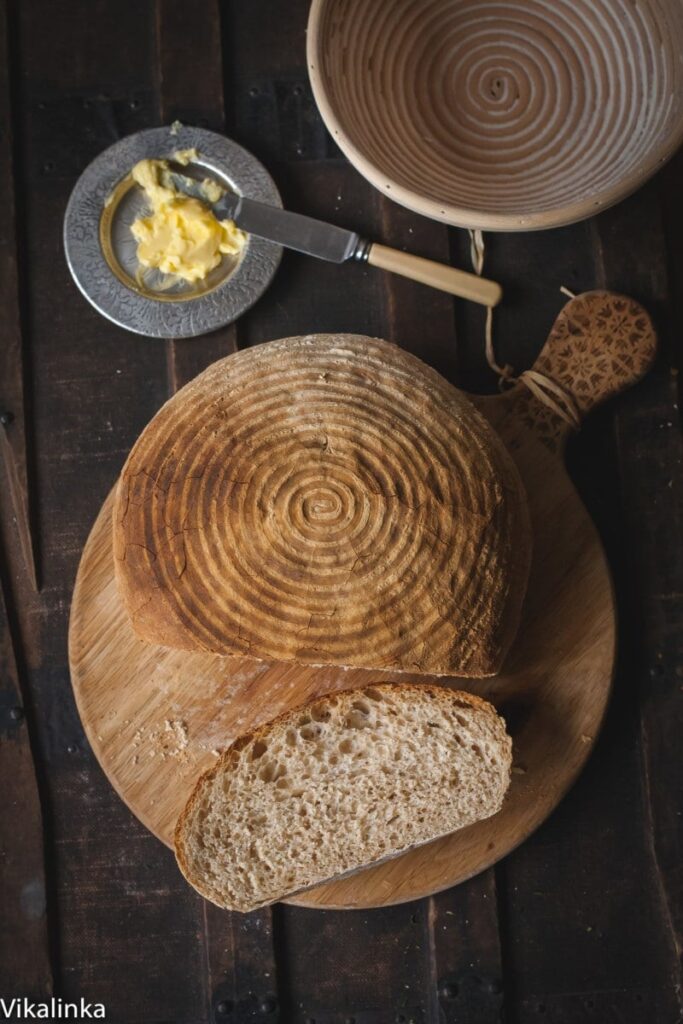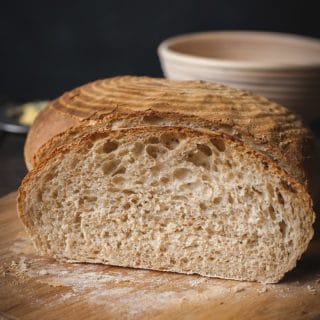This bread is amazing when used for Ham and Cheese Toastie! Sometimes is the simple things that make life so amazing. Take a loaf of homemade bread for example. There are not a lot of other things that make my family as excited as a hot, fresh loaf of bread on the kitchen counter. I used to keep bread at a distance because it never seemed worth the trouble of endless kneading and so much time. But the discovery of no-knead bread has meant that making our own bread is here to stay. The standard bread recipe is quite forgiving and gives endless options for experimentation. Here I have adapted it to include wholesome spelt flour for a rich, nutty taste, along with aromatic rosemary.
Spelt bread at home
Bread making is one of those amazing activities with a couple of big benefits. It’s a great way to work out some anxiety while making dough and getting fresh homemade bread as a result of it. It’s a win-win! Homemade bread tastes infinitely better than store-bought and you can be confident that only good ingredients have gone into it. You can also flavour it in any way you like. I added chopped rosemary to my spelt bread but you can experiment with your favourite herb or even cheese.
What is bloomer loaf?
British Bloomer is quite traditional, and one of the most common sandwich breads you will find in any local bakeries and cafes in the UK. The name comes from the method of baking. The dough is left to “bloom” as it rises and is baked without the constraints of a loaf pan. It’s quite beautiful! The bloomer uses simple ingredients – water, yeast, salt and flour – with no frills. This loaf gets its dark colour from whole-grain spelt flour. Feel free to use whole-wheat flour if you can’t find spelt.
Spelt flour
Spelt is an ancient grain that was consumed by our ancestors but somehow fell out of favour in the last couple of centuries. It’s a type of wheat that grows quite well in wet conditions, which is why it became popular in parts of northern Europe in past centuries. Spelt has very strong European roots and used to be a staple in most European countries. It’s even mentioned in one of Pushkin’s poems! It can be consumed as a grain in salads or porridges or as a flour in baked goods. It is experiencing a bit of a renaissance at the moment due to its health benefits and a delicious nutty taste, so I had to give it a try.
